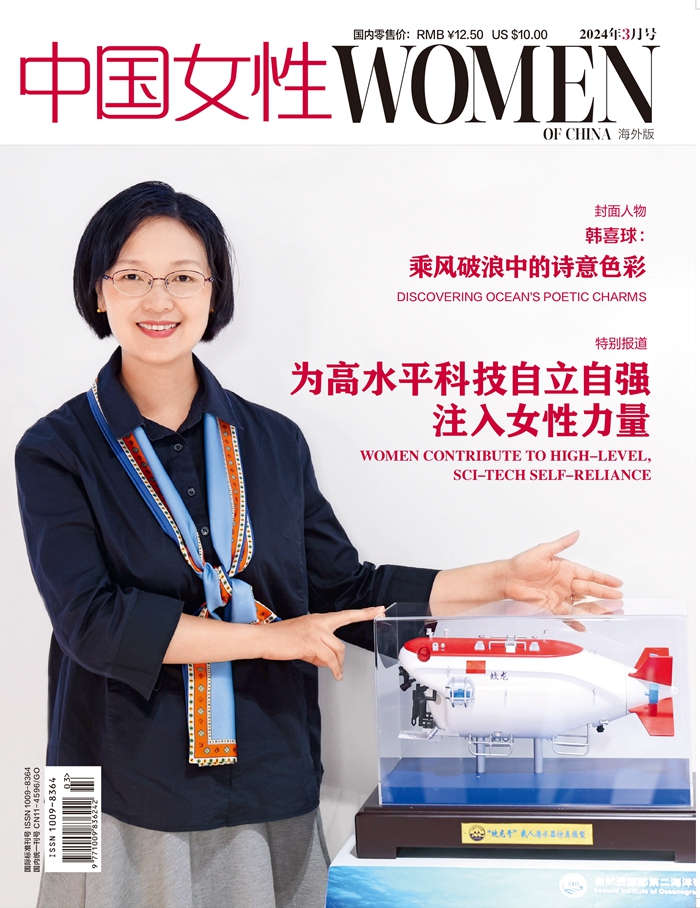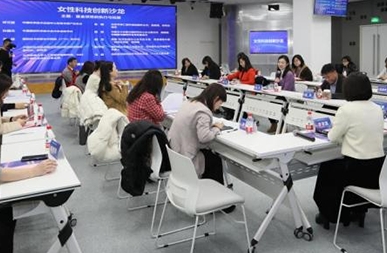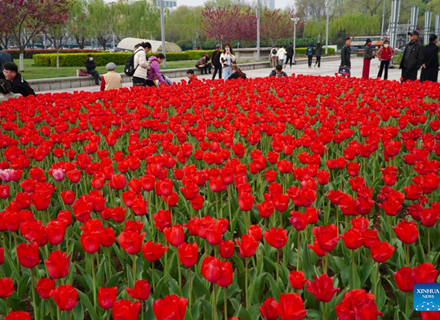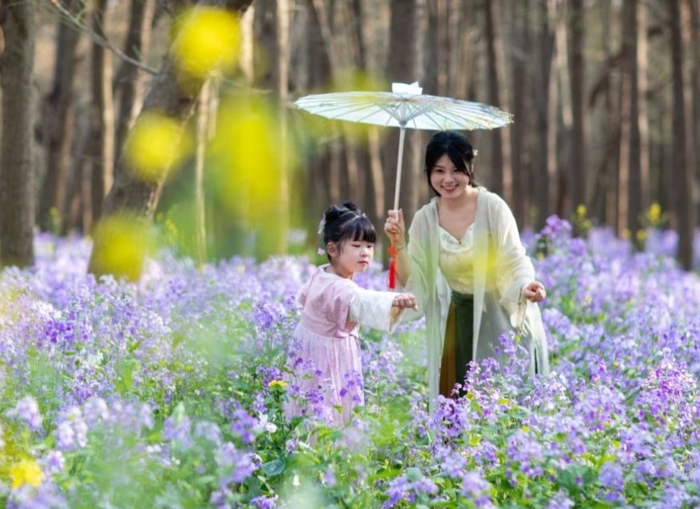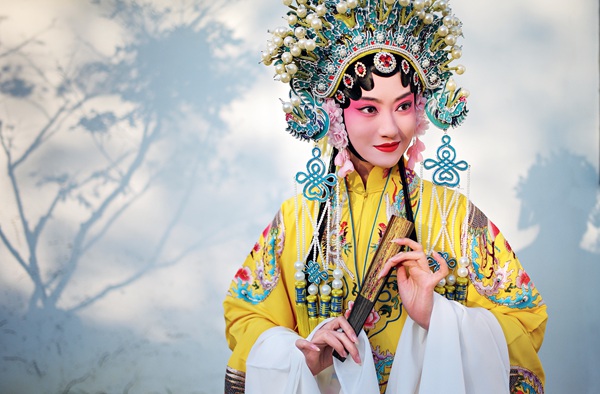
Beijing Overseas Cultural Exchanges Center has created an online roadmap of the Cultural Tour of Peking Opera, which highlights Peking Opera theaters, former residences of Peking Opera artists, guild halls and other places used for Peking Opera performances. The center advocates low-carbon travel, and it recommends a cycling route of the Cultural Tour of Peking Opera. While cycling along the streets of Beijing, people can visit landmark buildings of the Peking Opera, and they can feel the unique charm of the city.
The cycling route of the Cultural Tour of Peking Opera is about 20 kilometers long. It starts at the Square of the Birthplace of Peking Opera, passes through Zhengyici Theater, Mei Lanfang Memorial, Jixiang Grand Theater and Chang'an Grand Theater, and ends at Beijing Overseas Cultural Exchanges Center.
While traveling the route, people not only visit the former residences of Peking Opera artists, they also watch exhibitions and performances in theaters, which help them learn about the history and culture of Peking Opera.
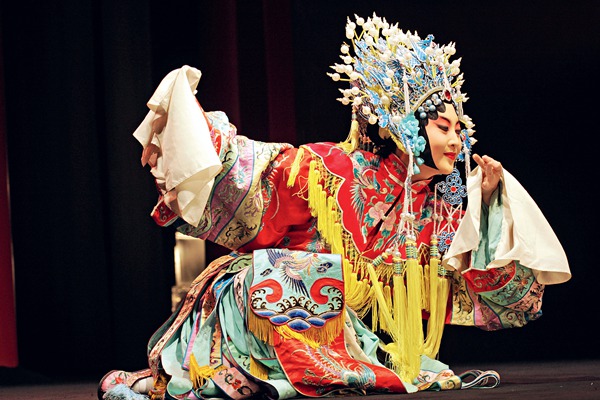
Peking Opera was formed and prevailed in Beijing, and the city has witnessed the rise and glory of Peking Opera. Numerous Peking Opera artists emerged and rose to stardom in Beijing, and their stories were impressive and inspirational.
The Square of the Birthplace of Peking Opera is on Zhushikou West Street, in Beijing's Xicheng District. The square is famous for the large landmark stone with five Chinese characters — Jing Ju Fa Xiang Di, literally meaning Birthplace of Peking Opera — engraved in it.
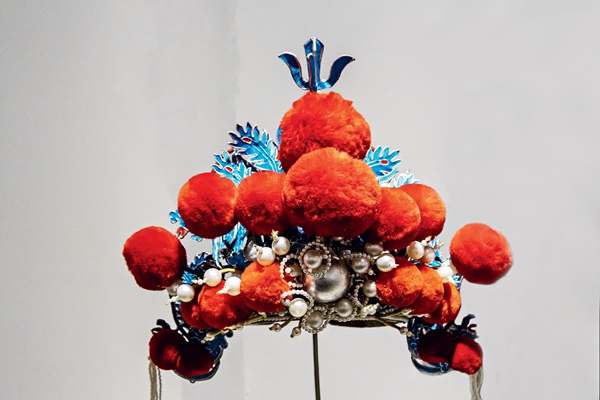
To the north of the square is Baishun Hutong and Shaanxi Lane. Binqingshe, one of the famous Peking Opera troupes at the beginning of last century, was stationed in Baishun Hutong. The narrowest part of Baishun Hutong is less than one meter wide. While cycling through Baishun Hutong, one can appreciate the decorative elements of Peking Opera, and one can also experience the wonderful feeling of traveling through time.
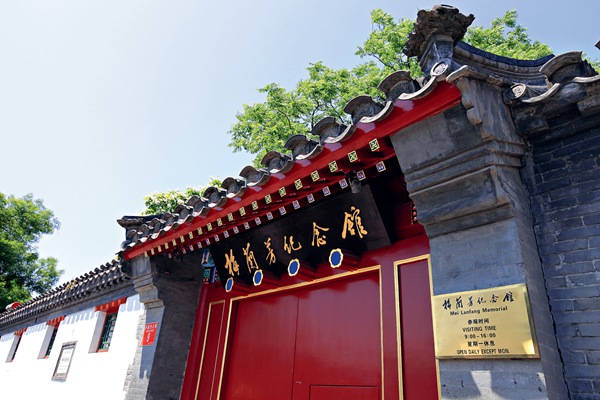
Mei Lanfang Memorial, on Huguosi Street, in Xicheng District, is a typical Beijing-style quadrangle dwelling. It was established in 1986. The museum is the former residence of Mei Lanfang (1894-1961), a Peking Opera master and founder of Mei School of Peking Opera.
After entering through the front door, one will see a bust of Mei, which stands in front of the screen wall in the courtyard. There are two persimmon trees and two crabapple trees in the courtyard, which signifies people's wishes for safety and stability.
Mei spent the last 10 years of his life in the quiet and comfortable quadrangle. After Mei passed away, his wife, Fu Zhifang (1905-1980) and their children donated a lot of his precious Peking Opera materials and literature to the Chinese government. The materials and literature are now housed in Mei Lanfang Memorial.
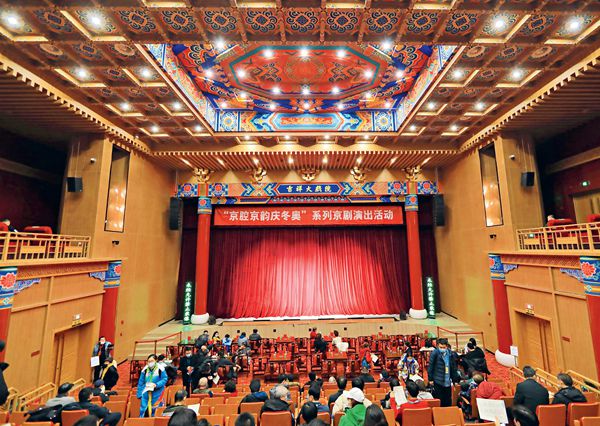
Jixiang Grand Theater is about five kilometers southeast of the museum. The theater is on floors seven through nine of the Yintai in88 shopping mall on Wangfujing Street.
It was originally situated in the nearby Jinyu Hutong, and it was previously called Jixiang Tea House and Jixiang Garden. Jixiang in Chinese means auspicious.
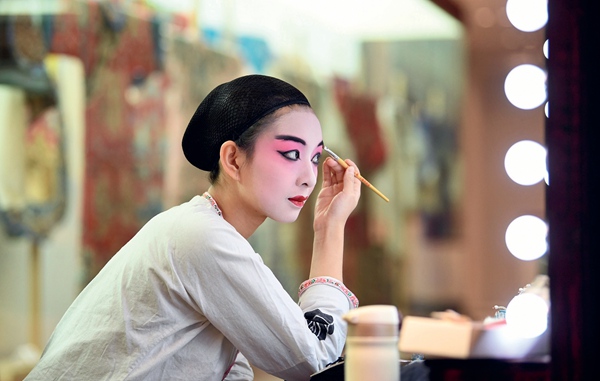
Jixiang Tea House was built during the reign of Emperor Guangxu, of the Qing Dynasty (1616-1911). It was a popular theater at that time, as numerous well-known Peking Opera artists, including Mei, performed there. Mei staged many performances in Jixiang Tea House, and it was referred to as the base of Mei School of Peking Opera.
While cycling east, about three kilometers from Jixiang Grand Theater, one will see Chang'an Grand Theater, in Dongcheng District, on the north side of Chang'an Avenue.
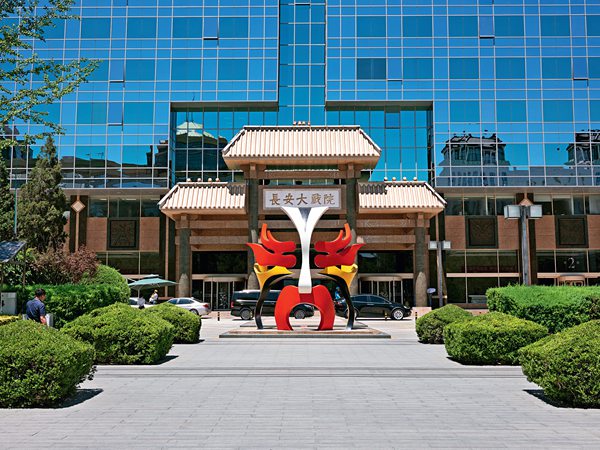
Chang'an Grand Theater was built in 1937 in Xi'dan, in Xicheng District. Yang Shouyi, founder of Chang'an Grand Theater, was an enthusiastic fan of Peking Opera. Numerous Peking artists — including Jin Shaoshan (1890-1948), Shang Xiaoyun (1900-1976), Cheng Yanqiu (1904-1958) and Xun Huisheng (1900-1968) — performed there.
Chang'an Grand Theater relocated to Chang'an Avenue in 1996. The current venue is a national theater that integrates classical architectural style with modern science and technology facilities. Peking Opera face masks, calligraphies and paintings are sold on the first floor. Stage photos and costumes of many Peking Opera artists are displayed in the hall, located on the second floor.
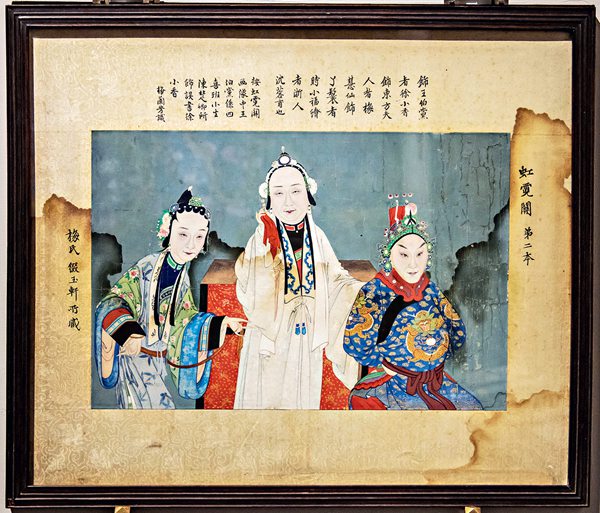
The performance hall is decorated in the style of the Ming (1368-1644) and Qing dynasties, with mahogany tables and chairs in the front, making the audience feel as if they are sitting in an opera garden during the Ming or Qing dynasty.
Equipped with modern stage facilities, Chang'an Grand Theater is committed to providing an audio-visual feast to Peking Opera fans. There are simultaneous subtitles, in both Chinese and English, during each performance to help domestic and foreign viewers better understand the plot.
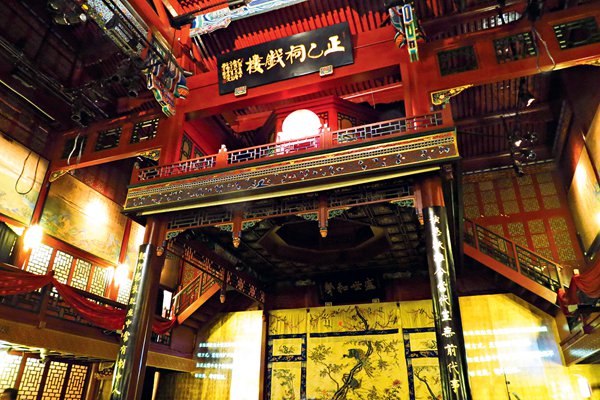
Zhengyici Theater, which was built in 1688, is about 5 kilometers to the southwest of Chang'an Grand Theater. Located on Xiheyan Street, in Xicheng District, Zhengyici Theater is the oldest, and best preserved, timber-frame theater in China.
Zhengyici Theater used to be the guild hall of Zhejiang businessmen in Beijing during the Qing Dynasty. The businessmen gathered at the theater during holidays and festivals, and they watched traditional operas. With the birth and increasing popularity of Peking Opera, Zhengyici Theater became increasingly popular with opera fans.
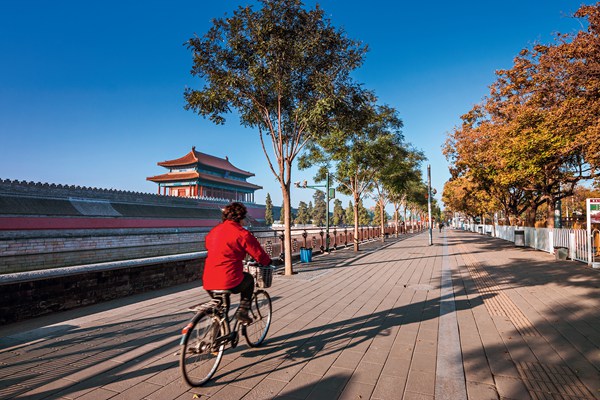
During the reign of Emperor Tongzhi, of the Qing Dynasty, various Peking Opera artists, including Cheng Changgeng (1811-1880), and Tan Xinpei (1847-1917), staged performances in the hall. Zhengyici Theater witnessed the birth and development of Peking Opera.
The 20-kilometer cycling route of the Cultural Tour of Peking Opera ends at Beijing Overseas Cultural Exchanges Center, near the north end of Chang'an Grand Theater. Cycling is a green, low-carbon way of traveling. If one were to drive 20 kilometers, it would generate at least 6 kilograms of carbon dioxide emissions. Beijing is a city with rich culture and a profound history. Cycling along the streets is an enjoyable way of appreciating the charm of the city.
Photos Supplied by VCG
(Source: Women of China English Monthly June 2022 issue)
32.3KPlease understand that womenofchina.cn,a non-profit, information-communication website, cannot reach every writer before using articles and images. For copyright issues, please contact us by emailing: [email protected]. The articles published and opinions expressed on this website represent the opinions of writers and are not necessarily shared by womenofchina.cn.

